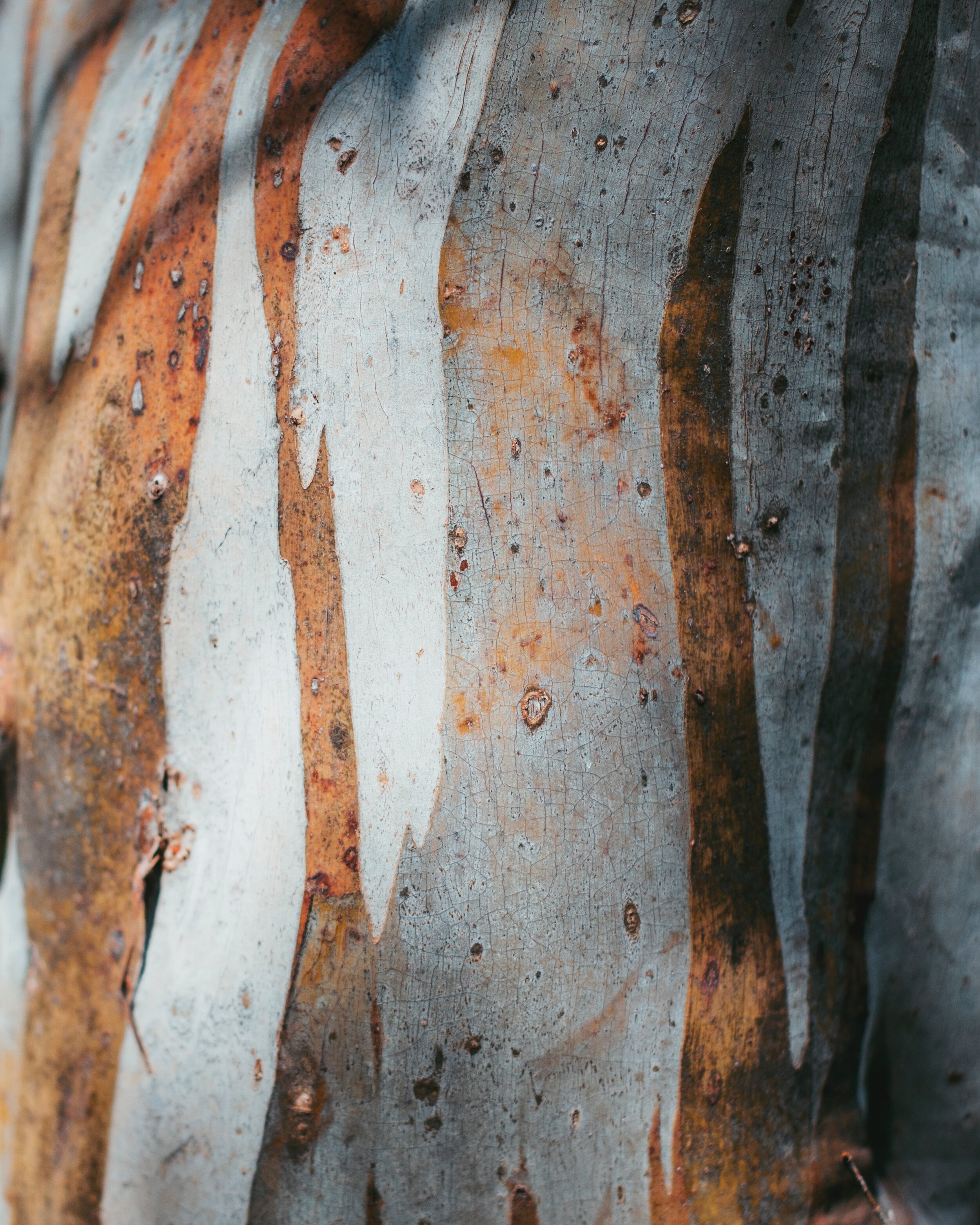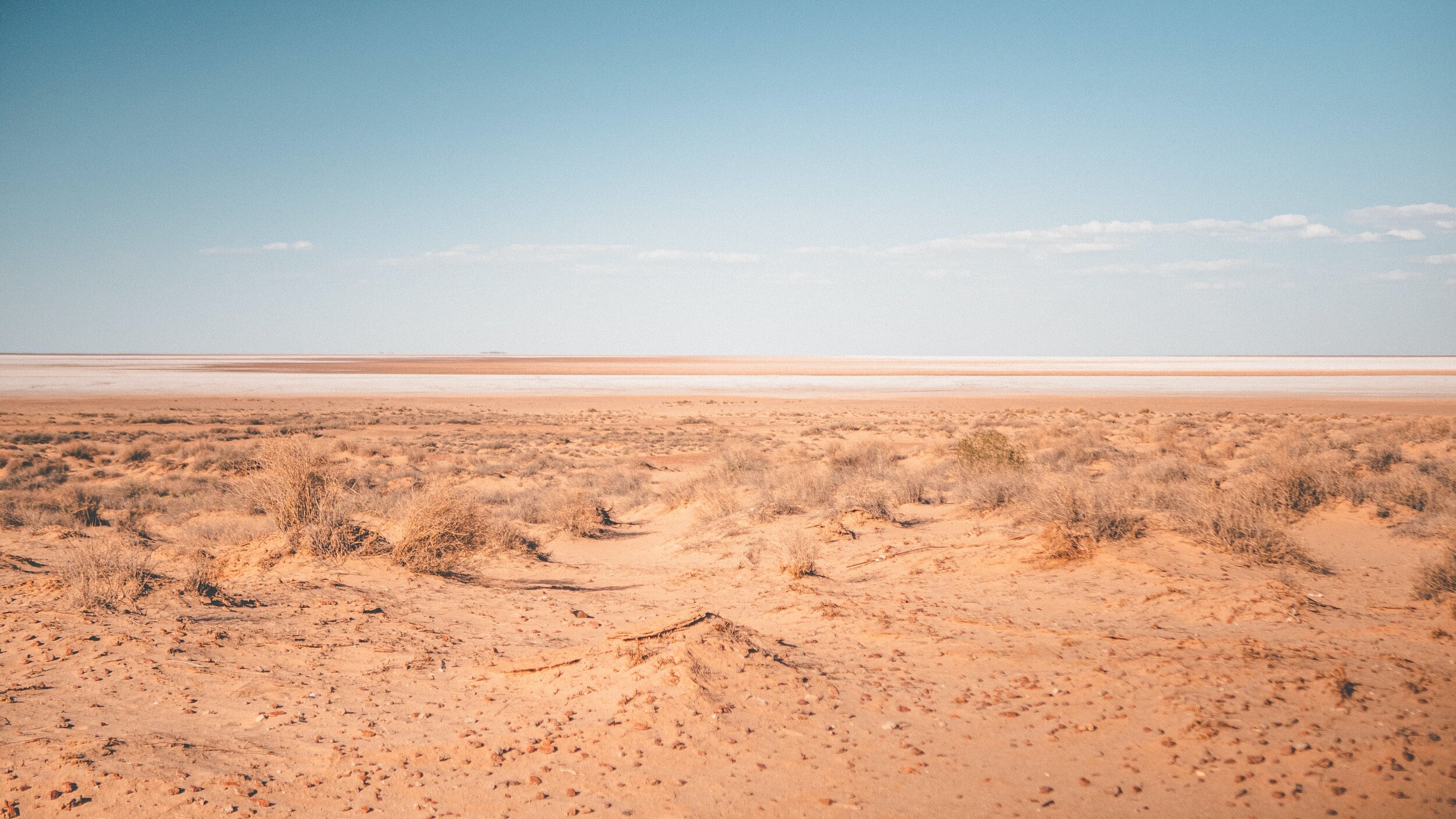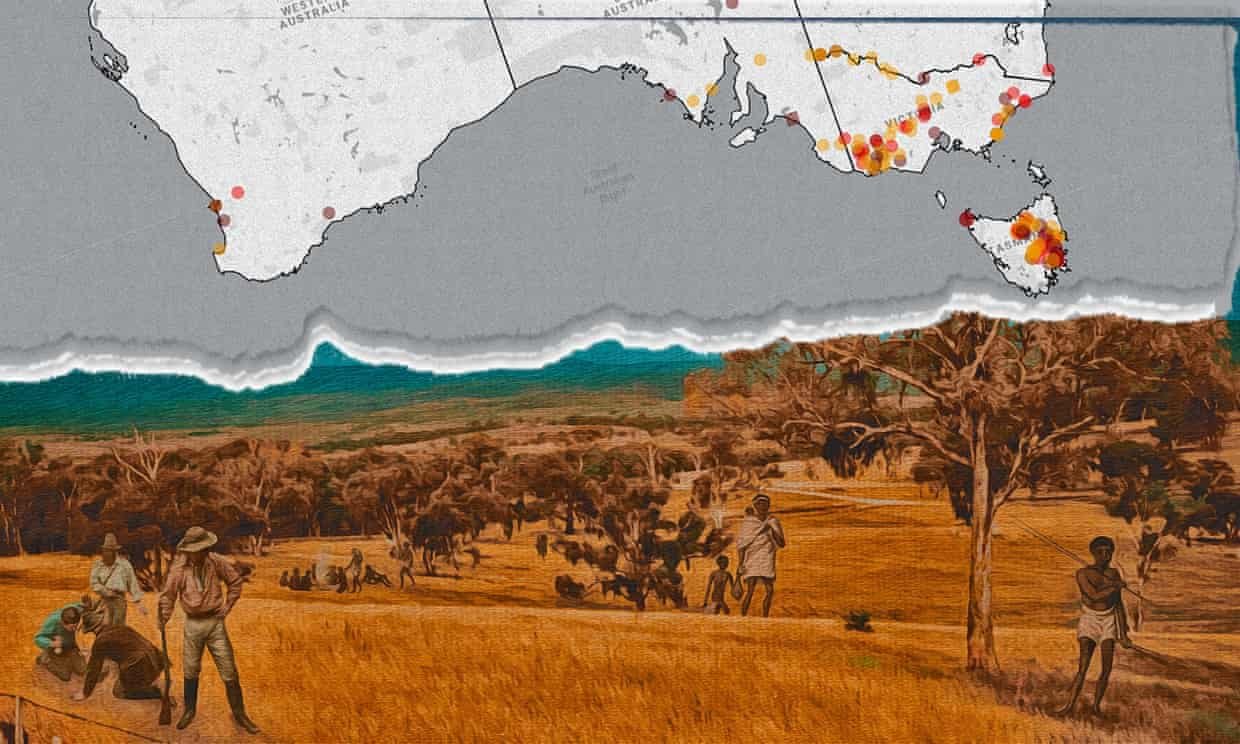
Education Resources
Finding purpose beyond our own exploration... for education.
How So That We Remember can be used as an education resource for educators.
The content of So That We Remember can serve as an educational resource for educators in schools and wider communities. In particular, the focus in the content is on the cost to Indigenous lives, and communities, of dispossession
The entries, covering 365 days in the year, encompass a whole range of issues that are embedded in this aspect of Australian history. And, as poet Oodgeroo has reminded us:
“Let no one say the past is dead. The past is all about us and within.”
The entries have been indexed under some 400 headings Just to mention a small selection amongst the dimensions of historical experience that come into view:
Indigenous rights to their land
Calls for ‘extermination’
Dispossession and destruction of Indigenous culture
Harmful experience of women and children: girls and boys
Armed colonisation
Resistance by Indigenous peoples
Disproportionate reprisals
“Civilisation”, Christianity and Colonisation.
Educators will appreciate that the Blog, entitled So That We Remember, is sourced from both primary and secondary sources. Both sources are drawn upon for excerpts from historical material and the research of contemporary Australian historians.
The original Index and Resources list can also be provided on-demand. Please contact us via our online form here.
Learn more about this project vision here.
From time to time, we will also add in here some additional current resources that we’ve found either online or in print media (see below).
The killing times: Australia’s map of frontier war massacres updated
— The Guardian, 16 November 2021 on Lyndall Ryan
Article: Lorena Allam and Nick Evershed
Illustration: Andy Ball/The Guardian, Aletheia Casey
The Aboriginal tracker who brought massacre perpetrators to trial
Article: Ciaran O'Mahony
Photograph: State Library of Western Australia
Australia’s history of massacres should be no surprise, but many have to be dragged to the truth
Article: Lorena Allam
Photograph: yaruman/
The story of Yukun, an Indigenous man killed at Uluru in the 1930s | 7.30
— 7:30 Report, ABC, 28 November 2022
The death of an Anangu man named Yukun in the 1930s is at the centre of an outback tragedy involving race, murder and injustice. Now, almost a century later, Yukun’s remains have been returned to country.
The historian Professor Mark McKenna also in 2021 published a book on the whole episode entitled ‘Return to Uluru’.
‘Keating told the truth’: Stan Grant, Larissa Behrendt and others remember the Redfern speech 30 years on
— The Guardian, 9 December 2022
Paul Keating was the first Australian prime minister to acknowledge the damage done by invasion, dispossession and assimilation policies. Those who were there remember the impact of the speech.







